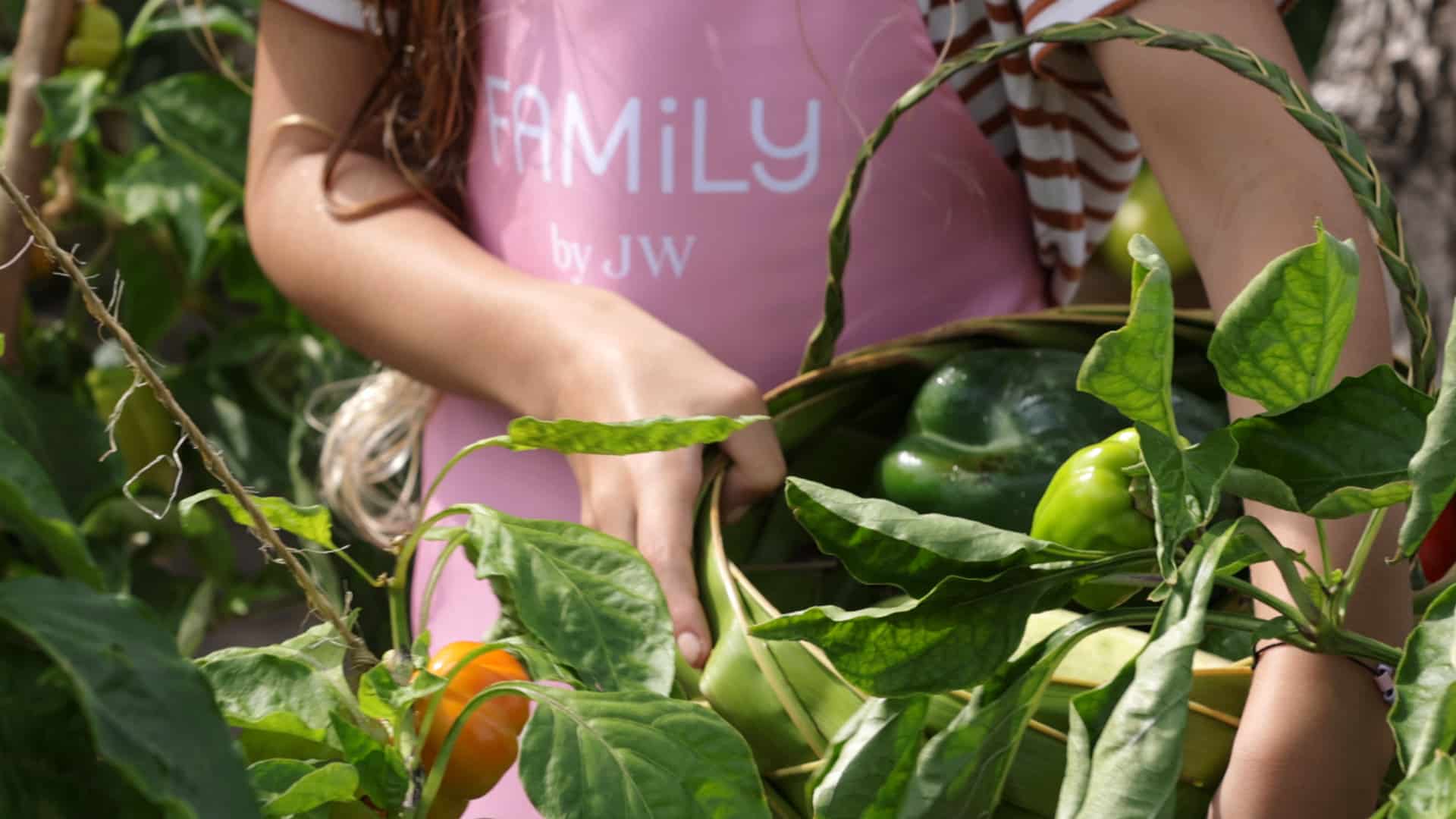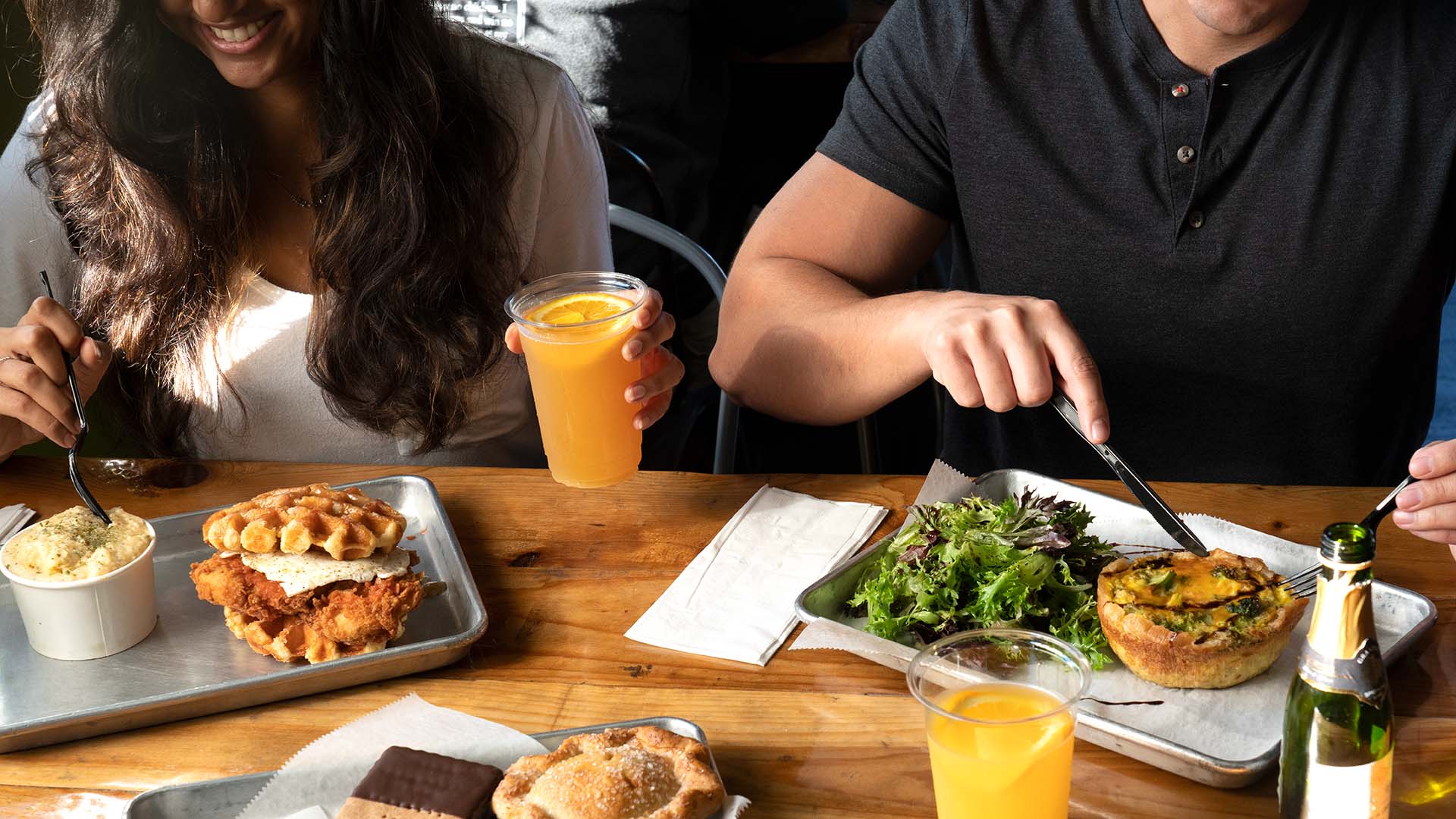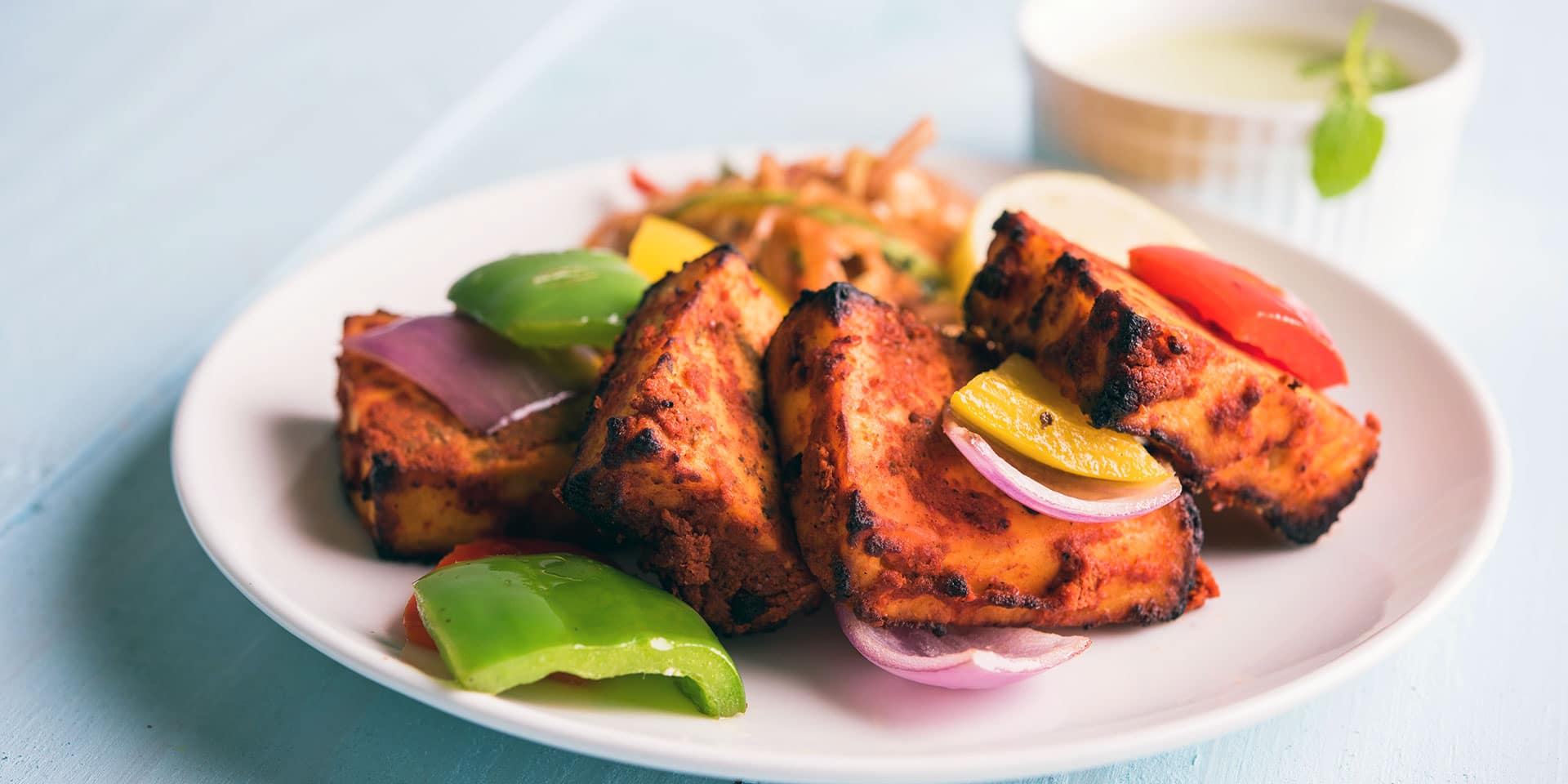
Fire up the tandoor and prepare a firey, smokey meal. (Photo: Getty)
Eat + DrinkFrom Roti and Kebabs to Tandoori Chicken, Learn the Secrets of the Tandoor
By Ashis NayakTandoor is a big part of North Indian fare.
I vividly recall our long road trips, the highways lined with dhabas (roadside restaurants) serving delicious tandoori chicken, tandoori roti and dal—our favorite being the hot tandoor kebabs served with a side of delicious coriander chutney.
This was simple food, relished by truck drivers and wayfarers.
It was in Punjab that I first came across community tandoors. Each area or colony had its own fixed oven, which the entire community used for their tandoori cooking.
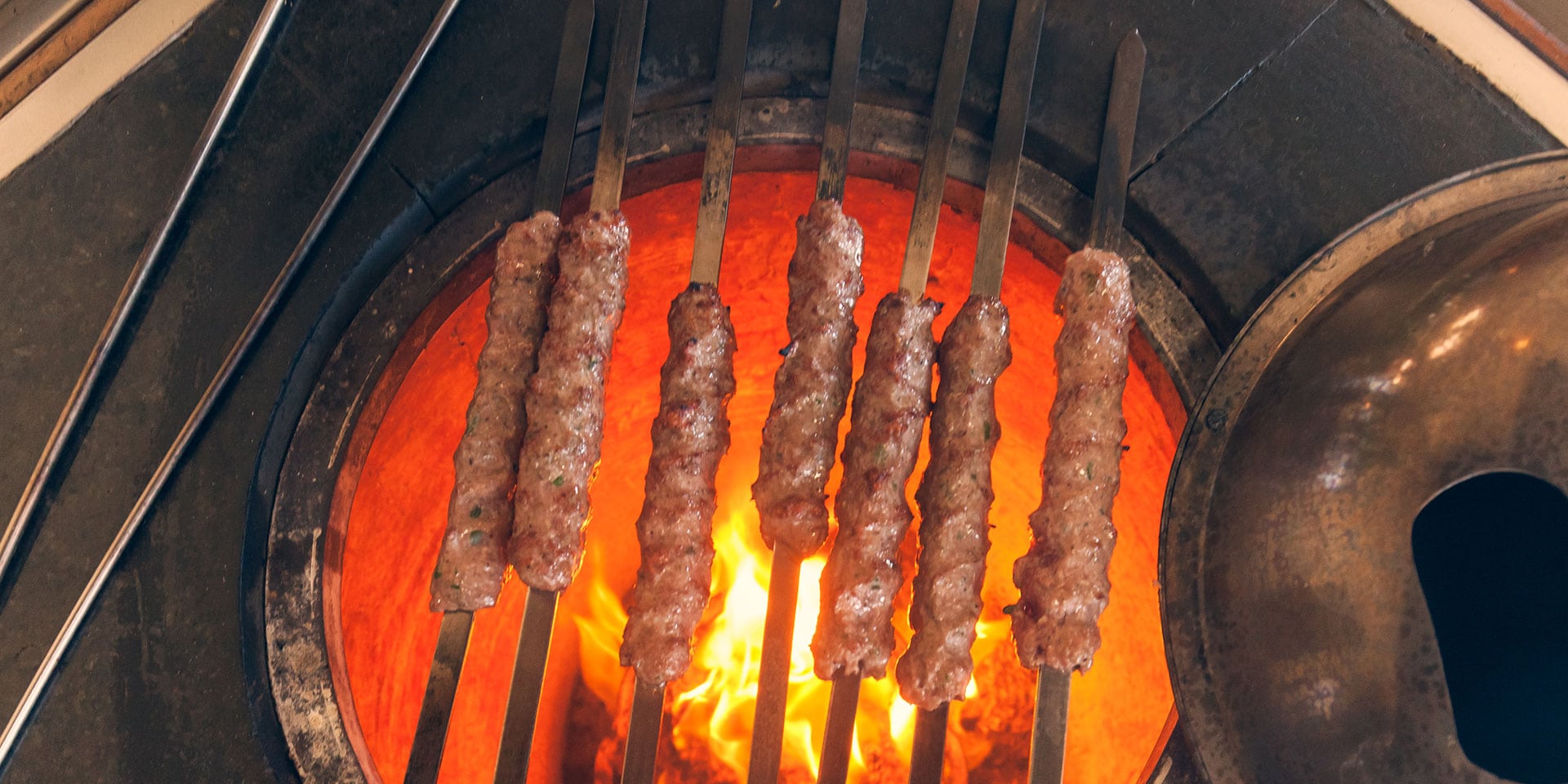
In fact, communities have used the tandoor—said to derive from various cultures ranging from Persian and Armenian to Turkish and Uzbek—for thousands of years.
It’s almost as old as the Mohenjo Daro and Harappa civilizations.
In Sanskrit, the tandoor was simply referred to as kandu (pot). The Persians called it tanūr while some claim its name to be combination of the words tata and andhar—literally translating to ‘hot inside.’
Feel the heat
Working with a tandoor is an art and takes quite a lot of experience to get it right. So I spent a morning with Rakesh Singh, executive chef of the Westin Hyderabad Mindspace, to learn more.
A traditional clay tandoor—which is still used in most kitchens—is shaped like a pot, its bottom lined with hot coals.
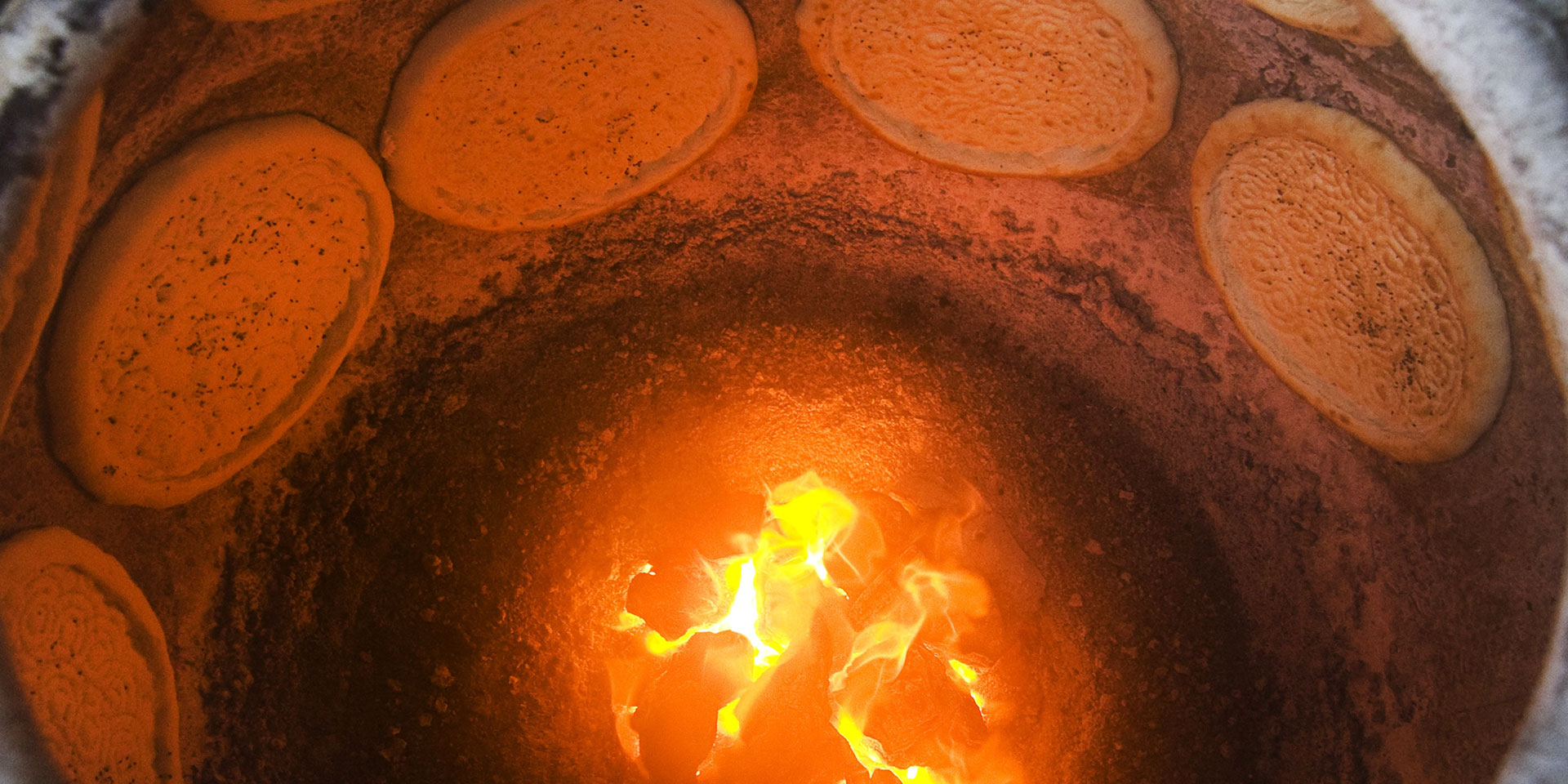
Modern cooking has seen the rise of many types of tandoor including iron and gas versions, but loyalists stay true to clay, which gives the meats an inimitable smoky and earthy flavor.
Skewers of meat are lowered into the pit, where it all comes down to temperature.
Too low and the meat will be overdone due to the longer cooking time, too high and the meat on the outside will cook while the inside remains raw.
As Chef Singh explains, there is no perfect way to gauge the heat inside a clay tandoor other than to feel with the naked hand—which comes with practice.
Spice world
To master the traditional tandoor kebab you need a balance of spice and sour.
Base ingredients are red chili, turmeric, coriander and mustard oil (the latter gives kebabs a pungency that can never be recreated with refined oil).
Some chefs also use ghee (clarified butter) and butter for a distinctive taste.
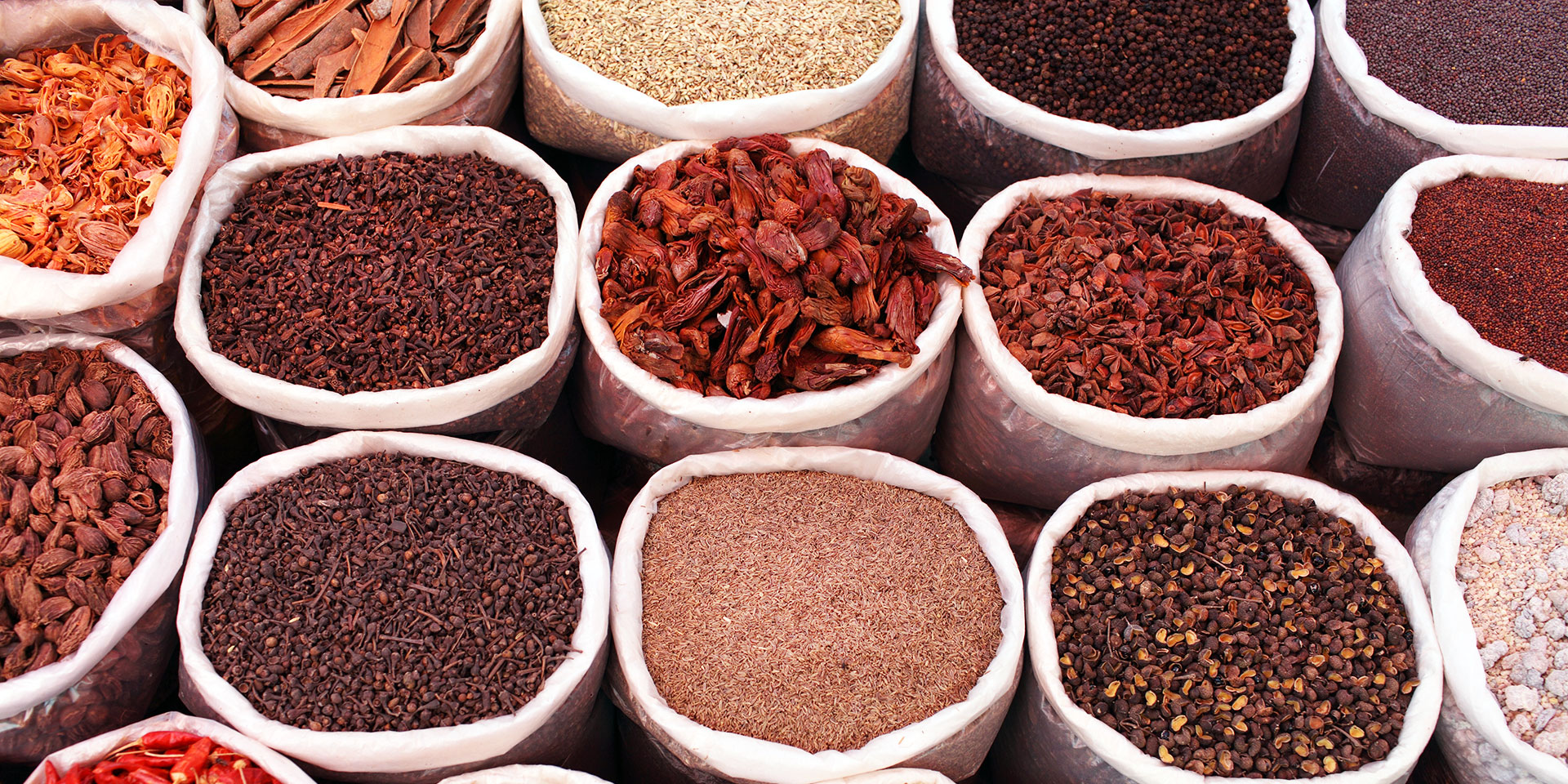
Different meats require different temperatures and lengths of time for cooking: While a chicken can cook in 12 minutes, and fish in 10, red meat requires far more time as well as a tenderizer such as ginger, garlic, yogurt and lemon.
The more succulent meats can also make use of papaya, pineapple, figs and pomegranate.
The essence of tandoor cuisine is the basting of the meat as it cooks inside the tandoor.
The meat absorbs the earthy flavors released by the clay and the wisps of smoke created by the drops of marinade falling on red-hot coals.
The tandoor is a simple piece of kitchen equipment that has revolutionized cooking over thousands of years.
According to Chef Singh, there is one word that sums up his experience with the tandoor: itminan.
As I translated it in my head I realized it’s all about ‘patience,’ which at journey’s end is sure to be rewarded with delicious food.





